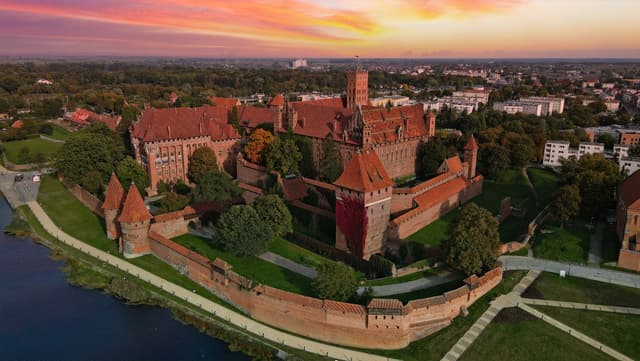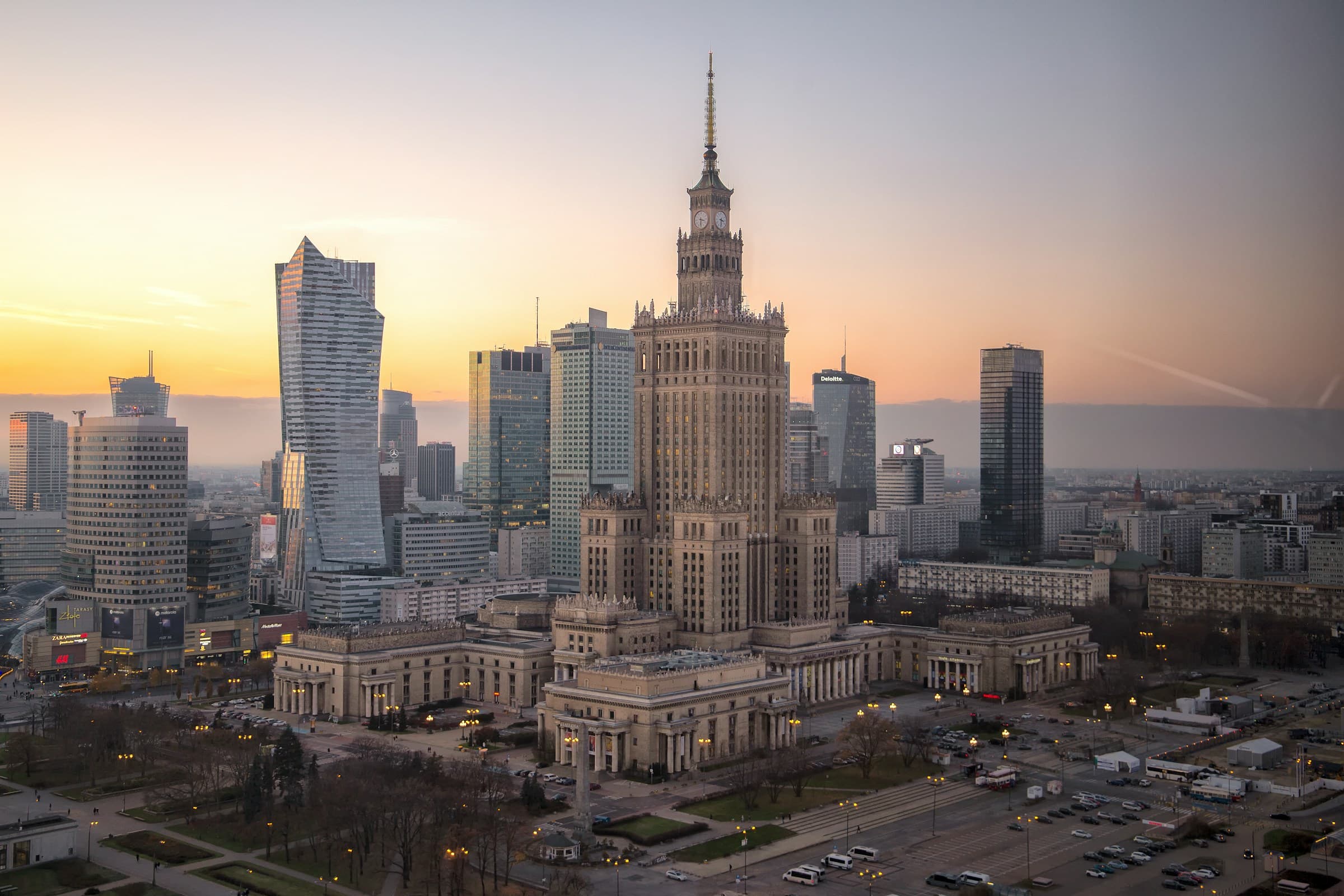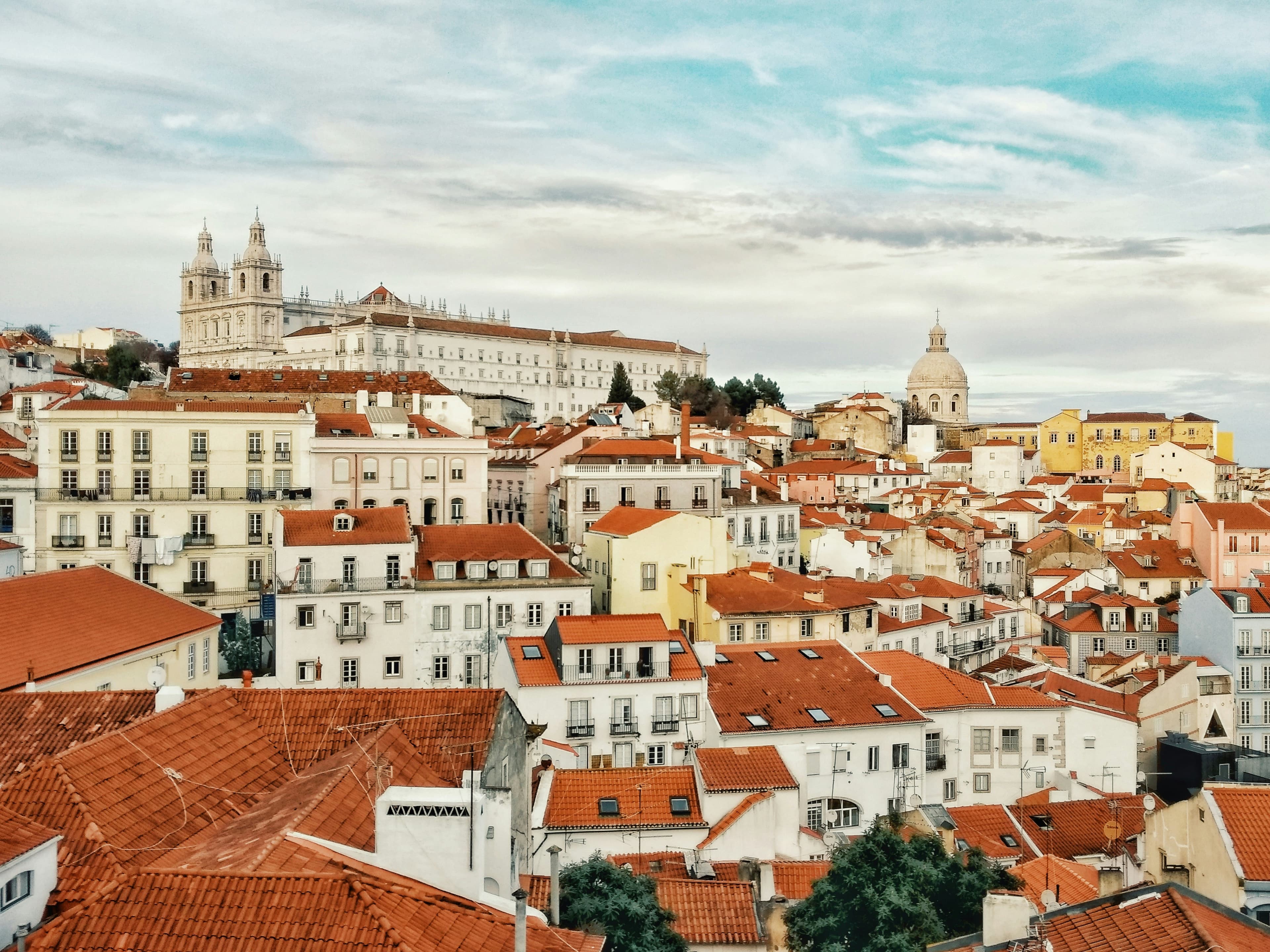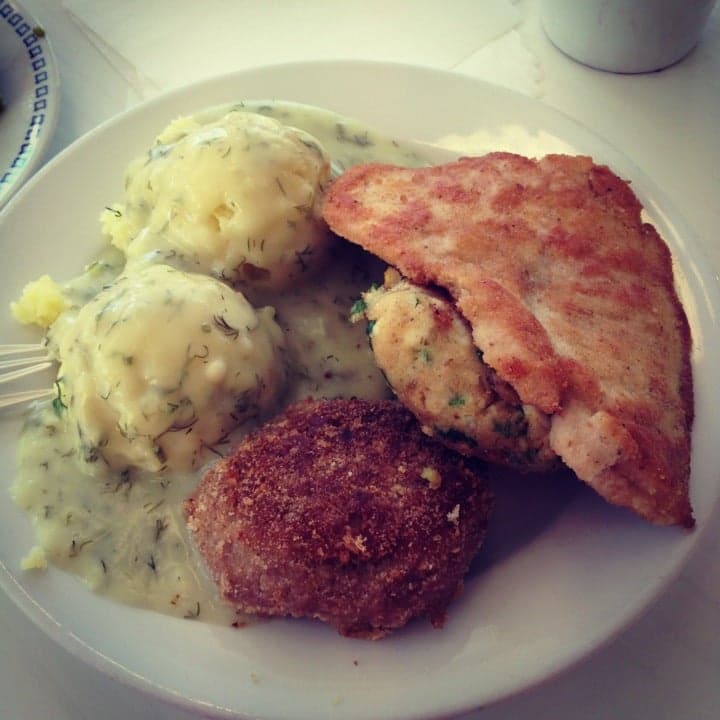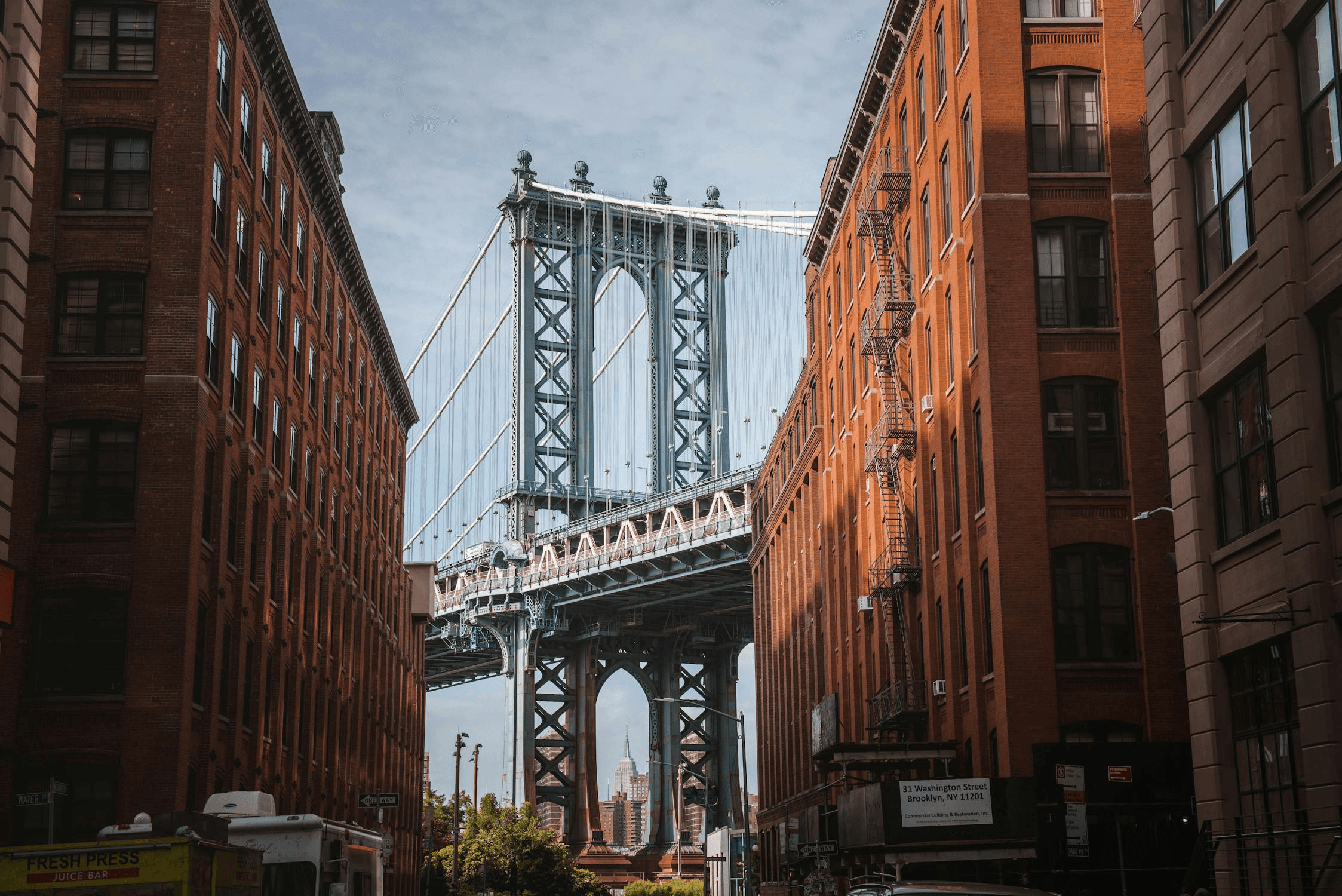Bydgoszcz vs. Malbork
Bydgoszcz
Bydgoszcz is a city in northern Poland, the largest in the Kuyavian-Pomeranian Voivodeship, and one of the country’s key historical, cultural, and economic centers. With a population of around 325,000 and a metropolitan area of approximately 600,000, it is Poland’s ninth-largest city. Located at the meeting point of the Brda and Vistula rivers, it has long been an important trade and transport hub, shaped by centuries of history and natural beauty. Though it is often overlooked by international travelers in favor of Poland’s larger cities, Bydgoszcz is an undiscovered gem with a vibrant cultural scene, beautiful waterfronts, and a dynamic urban atmosphere. A City of Water and Green Spaces One of the defining features of Bydgoszcz is its relationship with water. The city is sometimes referred to as the "Venice of Poland" due to its picturesque riverbanks, islands, and canals. The Brda River runs through the heart of the city, creating scenic waterfront areas and making Bydgoszcz a m...
Malbork
Malbork is a small city in northern Poland, but what makes it stand out is its enormous, medieval brick castle—one of the largest in the world. Built in the 13th century by the Teutonic Knights, the castle was more than just a fortress; it was the headquarters of a powerful religious and military order that controlled vast territories in the region. Today, Malbork Castle is a UNESCO World Heritage Site and a must-see for history lovers, with its towering walls, grand halls, and a fascinating museum that showcases medieval artifacts, weapons, and amber craftsmanship. Walking through its courtyards and chambers, you get a real sense of what life might have been like in the Middle Ages. The city itself is located along the Nogat River, about an hour’s drive from Gdańsk. While Malbork is mostly known for its castle, it has a peaceful, small-town charm. The streets are lined with trees, there are cozy cafés and restaurants serving Polish food, and you can still see traces of the city’s P...
Reviews
Reviewed on 2/27/2025
Reviews
| Item | Votes | Upvote |
|---|---|---|
| Small and manageable | 1 | |
| Lots of water and clean rivers | 1 |
| Item | Votes | Upvote |
|---|---|---|
| No cons yet, would you like to add one? | ||
| Item | Votes | Upvote |
|---|---|---|
| Malbork has a huge medieval castle | 1 |
| Item | Votes | Upvote |
|---|---|---|
| No cons yet, would you like to add one? | ||
Frequently Asked Questions
Bydgoszcz offers a rich historical experience with its blend of architectural styles and significant cultural heritage, including its historic Old Market Square and the iconic granaries along the Brda River. However, Malbork is renowned for its enormous medieval castle, a UNESCO World Heritage Site, which provides a unique glimpse into the life of the Teutonic Knights and medieval history. For those specifically interested in medieval architecture and history, Malbork may be the more compelling choice.
Bydgoszcz is known for its extensive green spaces and water activities, including rowing on the Brda River and cycling along well-maintained paths. It features parks like Myślęcinek Park, which is the largest urban park in Poland. Malbork, while smaller, offers outdoor activities such as boat trips on the Nogat River and kayaking, but it does not have the same variety of outdoor options as Bydgoszcz. Therefore, Bydgoszcz is likely the better choice for outdoor enthusiasts.
Bydgoszcz has a vibrant cultural scene with numerous music festivals, theaters, and art galleries, making it a hub for cultural experiences. It is home to the Pomeranian Philharmonic and hosts events like the International Paderewski Piano Competition. Malbork, while it has its historical festivals like the 'Siege of Malbork,' primarily revolves around its castle and medieval history. For a broader range of cultural experiences, Bydgoszcz is the more suitable option.
Bydgoszcz boasts a growing culinary scene with a mix of traditional Polish eateries and modern bistros, particularly along the scenic Brda River. Visitors can enjoy a variety of local specialties. Malbork, while it has cozy cafés and restaurants, is more limited in its culinary offerings compared to Bydgoszcz. Therefore, for a more diverse and vibrant dining experience, Bydgoszcz is the better choice.
Bydgoszcz has several pros, including being small and manageable, which makes it easy to explore. Additionally, the city boasts lots of water and clean rivers, providing beautiful waterfronts and opportunities for water sports. Currently, there are no cons listed by users.
Bydgoszcz is known for its picturesque waterways, earning it the nickname 'Venice of Poland.' The city features a vibrant cultural scene, rich architectural heritage, and is recognized as the 'rowing capital of Poland' due to its strong tradition in water sports. It also has a growing culinary scene and lively nightlife.
In Bydgoszcz, visitors can enjoy a variety of outdoor activities, including rowing on the Brda River, cycling along well-maintained bike paths, and exploring the extensive green spaces like Myślęcinek Park. The city also hosts international competitions in various sports, making it a hub for athletic events.
Bydgoszcz has a thriving cultural scene, particularly known for its connection to music. The city is home to the Feliks Nowowiejski Academy of Music and the Pomeranian Philharmonic, which hosts numerous music festivals. Additionally, Bydgoszcz has a strong jazz scene and a rich history of film culture.
Bydgoszcz has a complex history, originally granted city rights in 1346. It has served as an important military and trade center under various rules, including Prussian and Polish. The city experienced significant industrial growth in the 19th and 20th centuries and has a rich architectural heritage reflecting its historical significance.
Visitors to Bydgoszcz can try local specialties such as pierogi (Polish dumplings), żurek (sour rye soup), and freshwater fish from nearby lakes and rivers. The culinary scene features a mix of traditional Polish eateries and modern bistros, many of which are located along the scenic Brda River.
Malbork is known for its enormous medieval brick castle, which is one of the largest in the world. Built in the 13th century by the Teutonic Knights, the castle serves as a UNESCO World Heritage Site and features grand halls, towering walls, and a fascinating museum showcasing medieval artifacts.
The main pro of visiting Malbork is its huge medieval castle, which offers a unique glimpse into history and architecture. However, there are no significant cons listed by visitors, making it a generally favorable destination for history lovers.
Besides visiting the castle, visitors to Malbork can take a boat trip on the Nogat River for a unique view of the castle, rent a kayak for an active adventure, or explore the surrounding countryside filled with fields and forests. The city also features a large park and a dinosaur-themed amusement park, which is great for families.
The best time to visit Malbork is during the summer when the city hosts the 'Siege of Malbork' festival. This event features a large-scale reenactment of a 15th-century battle, complete with knights in armor, sword fights, and a medieval-style market.
Malbork has a peaceful, small-town charm with tree-lined streets, cozy cafés, and restaurants serving Polish food. The city retains traces of its Polish and German heritage in its architecture, making it a pleasant place to explore.

